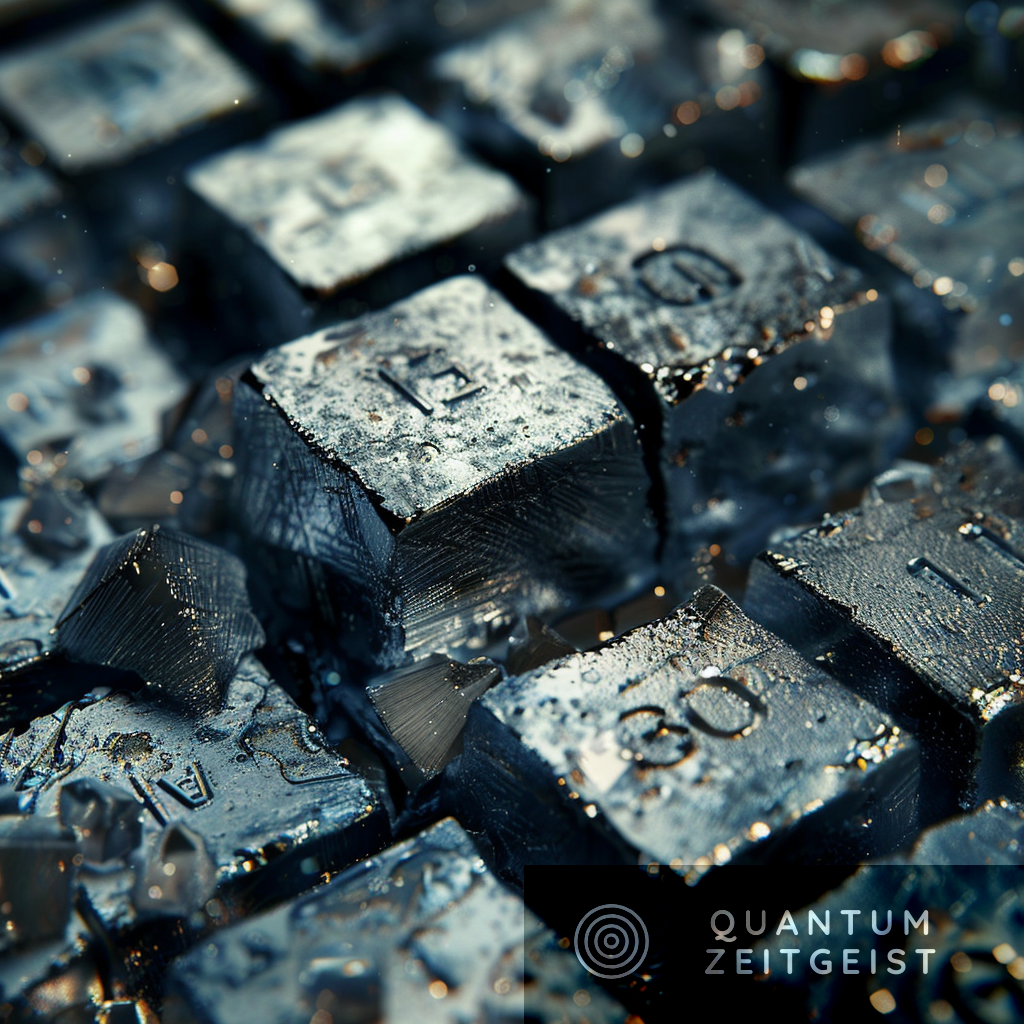Quantum computers have significant potential in chemistry, particularly in solving complex many-body problems. They can simulate the electronic behavior of molecules and materials, but current quantum hardware has limitations. To overcome these, methods like the Variational Quantum Eigensolver (VQE) and Projective Quantum Eigensolver (PQE) have been developed. PQE, when used with disentangled unitary coupled cluster ansatz (dUCC), can capture a substantial amount of correlation energy of molecular systems. However, dealing with large molecules demands deep quantum circuits and many optimizable parameters. A two-phase formalism in the PQE framework has been developed to reduce quantum resources used during optimization. This approach enables efficient utilization of near-term quantum hardware resources.
What is the Potential of Quantum Computers in Chemistry?
Quantum computers have immense potential in the field of chemistry, particularly in solving complex many-body problems that are beyond the reach of classical computers. These problems involve the exact description of many-body systems that evolve in an exponentially growing Hilbert space with system size, leading to an intractable problem and restricting conventional computers to rely heavily on mean-field approaches for real-life applications. However, these mean-field approaches often inherently ignore important physics such as the correlation effects within an ensemble of interacting particles. For atomic and molecular systems, these electron-electron correlation effects are of paramount importance in chemistry and condensed matter physics.
Quantum computers hold great promise in the field of electronic structure theory, particularly for simulating the electronic behavior of molecules and materials. Such platforms leverage principles of superposition and entanglement to store and manipulate many-fermion wave functions. Early quantum algorithms, including those employing Quantum Phase Estimation (QPE), played a pioneering role in this domain. However, these methods rely on deep quantum circuits which may surpass the coherence times available in current quantum hardware. Additionally, these quantum devices suffer from poor gate fidelity, state preparation and measurement errors (SPAM), and readout errors. As a result, computations performed using deep quantum circuits are prone to significant inaccuracies.
To overcome these challenges, methods have been developed that require comparatively shallower circuits and have inherent noise resilience. Variational Quantum Eigensolver (VQE) is one such method that conforms to the limitations of the current noisy quantum hardware. It prepares a parameterized state within the quantum computing framework using a shallow depth circuit ansatz. The optimum parameters are obtained through classical variational minimization of the energy expectation value. Several other variants of VQE framework have been proposed to further minimize the ansatz depth.
How Can Quantum Computers Solve Complex Chemical Problems?
The Projective Quantum Eigensolver (PQE) is another promising method that relies on generating a parameterized quantum state where the parameters are optimized by solving a set of nonlinear projective equations. This method is also shown to exhibit inherent noise resilience and has a faster convergence specifically under noise as compared to VQE. Moreover, it does not show the barren plateau problem, often encountered during variational energy minimization in the VQE framework. PQE can be used with disentangled unitary coupled cluster ansatz (dUCC), which is capable of capturing a substantial amount of correlation energy of molecular systems. When coupled with a CNOT efficient implementation, dUCC offers a flexible and efficient ansatz structure for application in molecular systems.
However, when dealing with large and highly correlated molecules, implementing dUCC demands deep quantum circuits and a large number of optimizable parameters. While increased depth leads to large errors in computed energetics for practical applications, more parameters require many quantum measurements during the PQE iterative method. Hence, there is a pressing need to develop methods capable of overcoming these challenges to attain accurate molecular energetics within the limited coherence time of noisy quantum hardware.
In response to this need, a two-phase formalism in the PQE framework has been developed with the aim of reducing the quantum resources, both circuit gate depth and measurements, utilized during the nonlinear iterative optimization. The approach is based on the judicious partitioning of the PQE parameter space into a smaller dimensional principal parameter subspace and a larger dimensional auxiliary subspace.
What is the Role of Adiabatically Decoupled Subsystem Evolution in Quantum Computing?
The authors of the study had previously substantiated that these two subspaces have distinctly different timescales of equilibration, allowing them to adiabatically decouple the fast relaxing auxiliary modes from the slow relaxing principal modes. Consequently, auxiliary parameters can be expressed as a mathematical function of the principal parameters, leading to a reduction in the dimensionality of the optimization problem. This decoupling emulates the total parameter optimization in a lower dimensional manifold, while a mutual synergistic relationship among the parameters is exploited to ensure characteristic accuracy.
Without any pre-circuit measurements, this method leads to a highly compact fixed-depth ansatz with shallower circuits and fewer expectation value evaluations. Through analytical and numerical demonstrations, the authors demonstrate the method’s superior performance under noise while concurrently ensuring requisite accuracy in future fault-tolerant systems. This approach enables rapid exploration of emerging chemical spaces by efficient utilization of near-term quantum hardware resources.
In conclusion, the development of a projective formalism that aims to compute ground-state energies of molecular systems accurately using Noisy Intermediate-Scale Quantum (NISQ) hardware in a resource-efficient manner is a significant advancement in the field of quantum computing. This approach is reliant upon the formulation of a bipartitely decoupled parameterized ansatz within the disentangled unitary coupled cluster (dUCC) framework based on the principles of synergetics. The method’s superior performance under noise and its ability to ensure requisite accuracy in future fault-tolerant systems make it a promising tool for the rapid exploration of emerging chemical spaces.
Publication details: “Projective Quantum Eigensolver via Adiabatically Decoupled Subsystem
Evolution: a Resource Efficient Approach to Molecular Energetics in Noisy
Quantum Computers”
Publication Date: 2024-03-13
Authors: Chayan Patra, Sonaldeep Halder and Rahul Maitra
Source: arXiv (Cornell University)
DOI: https://doi.org/10.48550/arxiv.2403.08519

